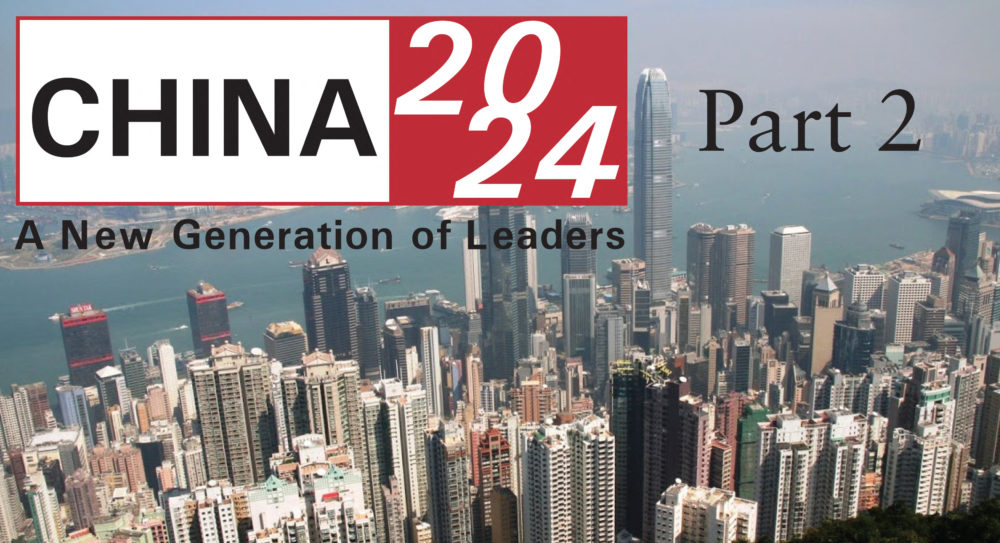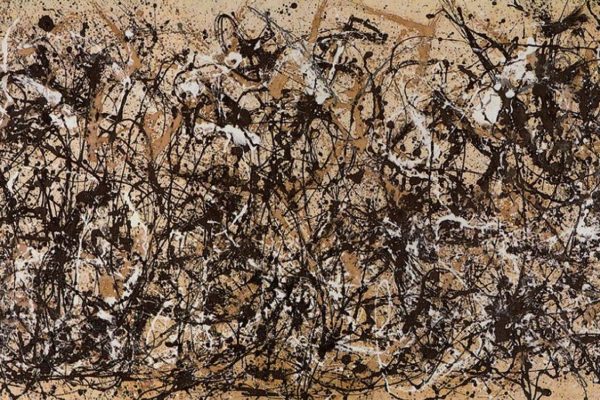
The measure of one’s achievement is the biggest idea one can arrive at and bring all the way to tangible fruition.
We see again and again in business people who build sand castles against the tide. They have beautifully constructed structures that are overcome by larger forces they weren’t able to see coming. The early chapters of Ying’s Story go like this. She professionalizes financial systems, but for companies that had the deck stacked against their viability. Ying solves a problem at one level of complexity, but the real action is at a level above where she operates.
The opposite problem is prevalent too. Think of Michael Armstrong, Chairman and CEO of AT&T, a man of vision who in many ways presided over the company’s decline. Armstrong made $105 billion in cable acquisitions in the first two years after being named CEO in 1997. Armstrong was fundamentally right about the convergence of telephony and cable. He was fundamentally right about the connectivity of consumers and companies being at play to a level unprecedented in history, and fundamentally right about the massive stakes of this flux.
At the highest conceptual level, Michael Armstrong saw it all. He knew he needed to build a cathedral. But he built the cathedral on sand. He set a plan into motion that he didn’t have the ability to complete. He didn’t actually have a path to integrate the company his deal-making created fast enough and well enough to turn his impeccable logic into acceptable practice. By 2001, he was unmaking his own creation, working frantically to break the company into its constituent parts. His successor, David Dorman, completed the split and took the company into the arms of SBC Communications, which took over the brand and whose shareholders own the company we know as AT & T today.
Can we learn to see – in our own lives and in the endeavors of others – when these things might be happening? Can we see the tide before building sand castles in front of it, have the vision to escape building cathedrals on sand? Both problems relate to a mismatch between the “size” of the world’s forces, the “size” of our endeavors, and the “size” of our capacity to execute. Can we learn to match these three magnitudes, so that we can build works that will stand?



